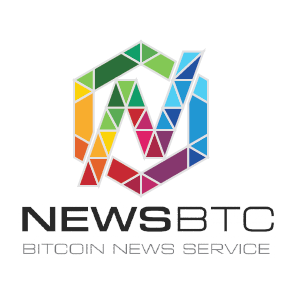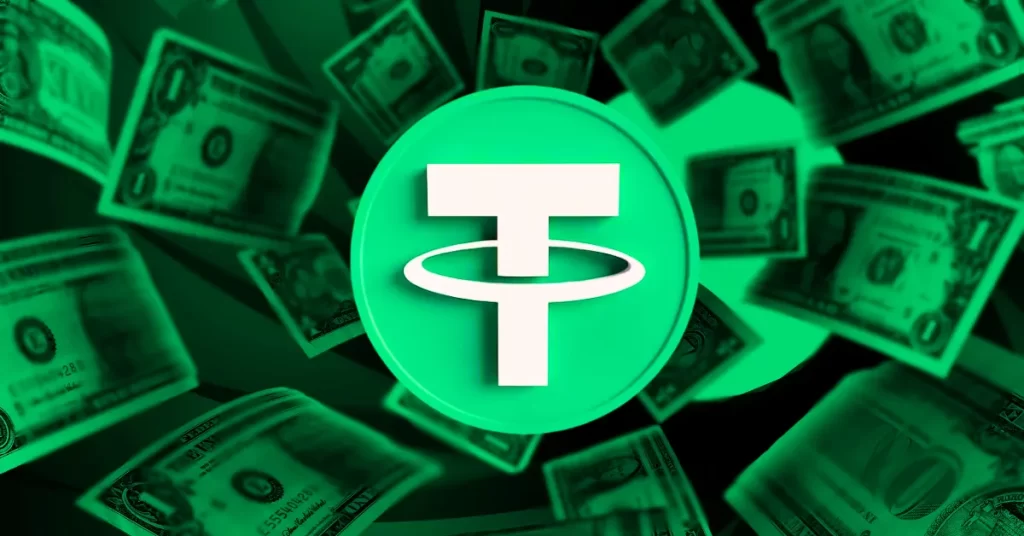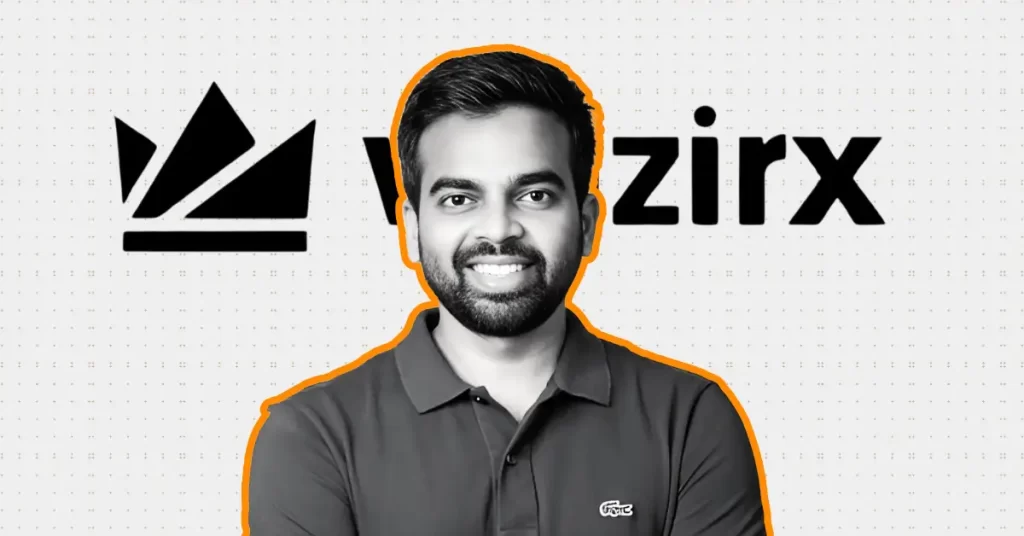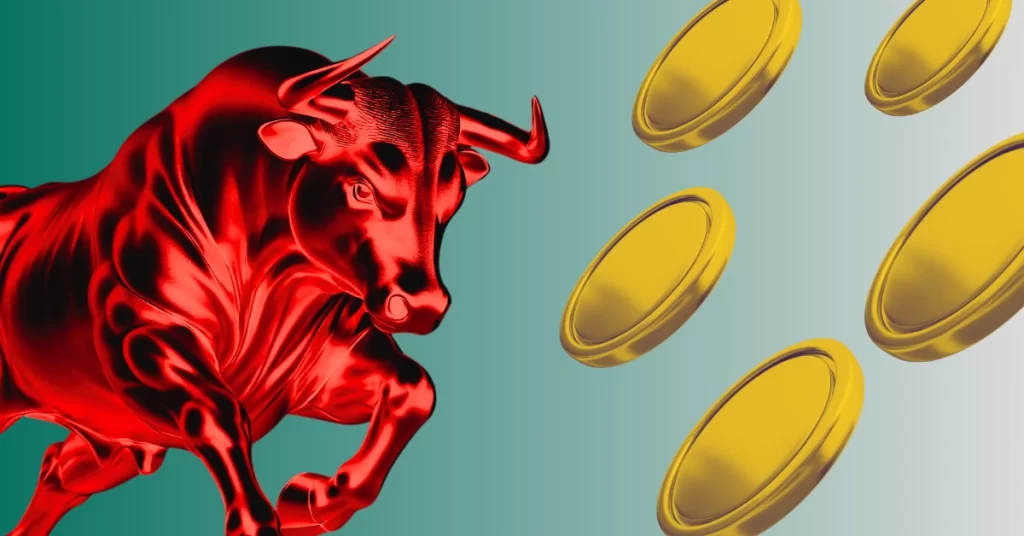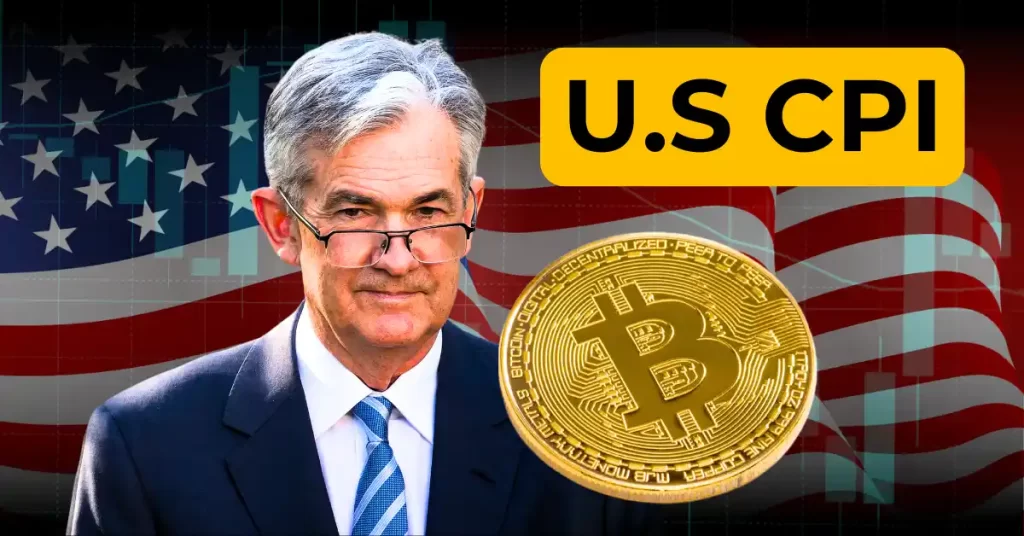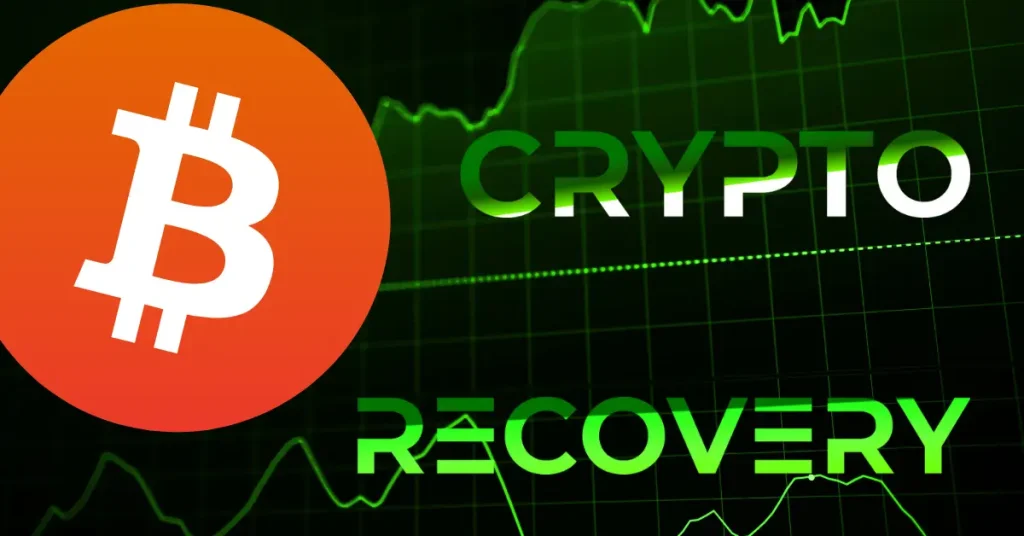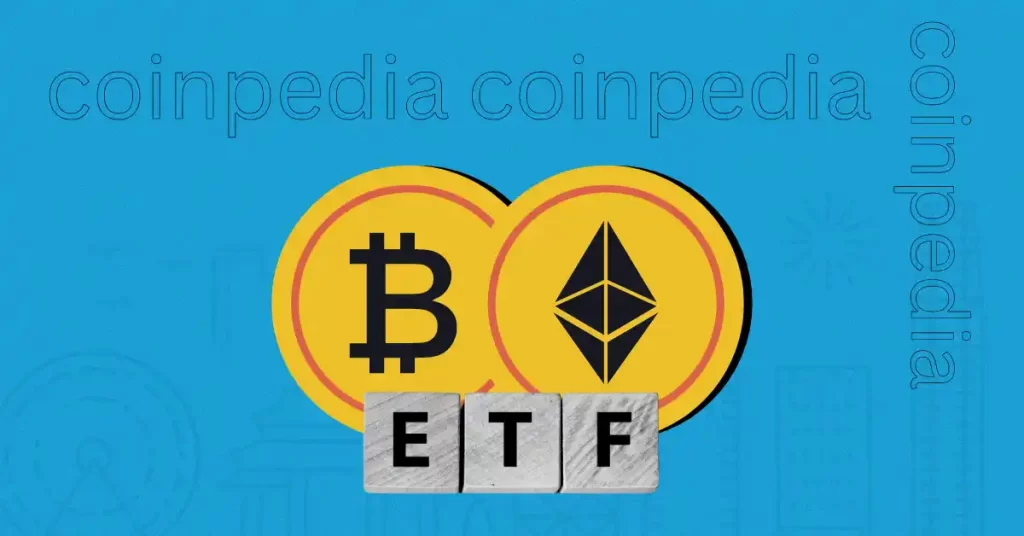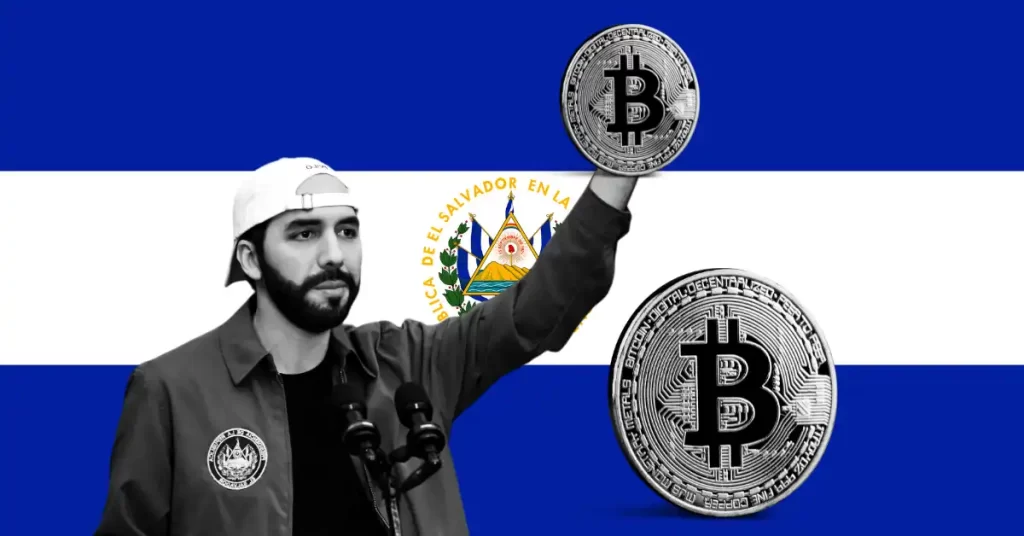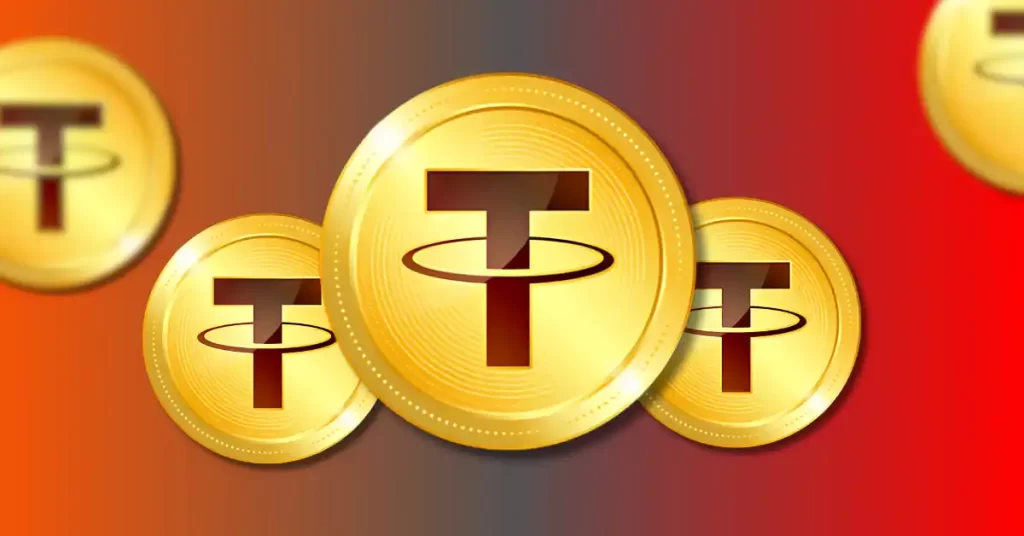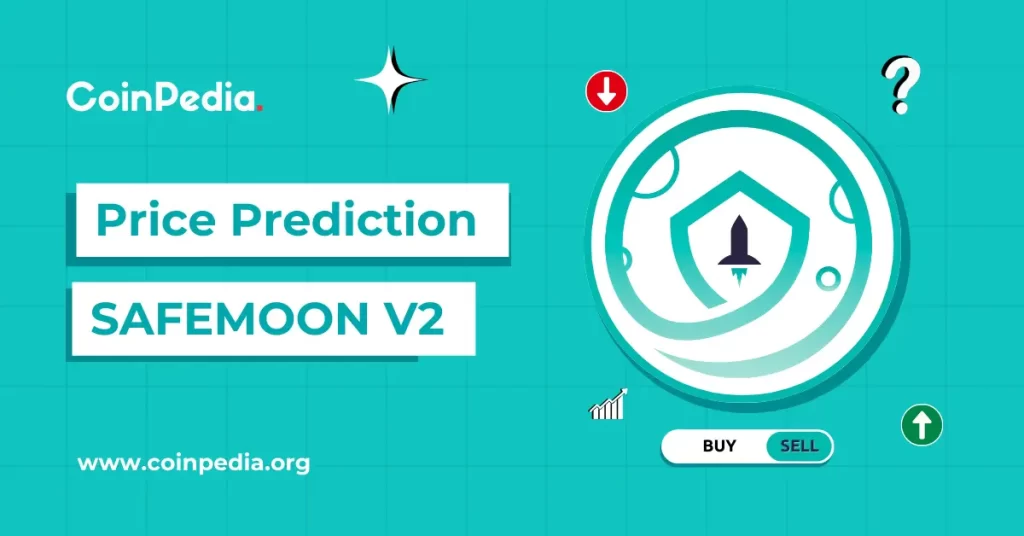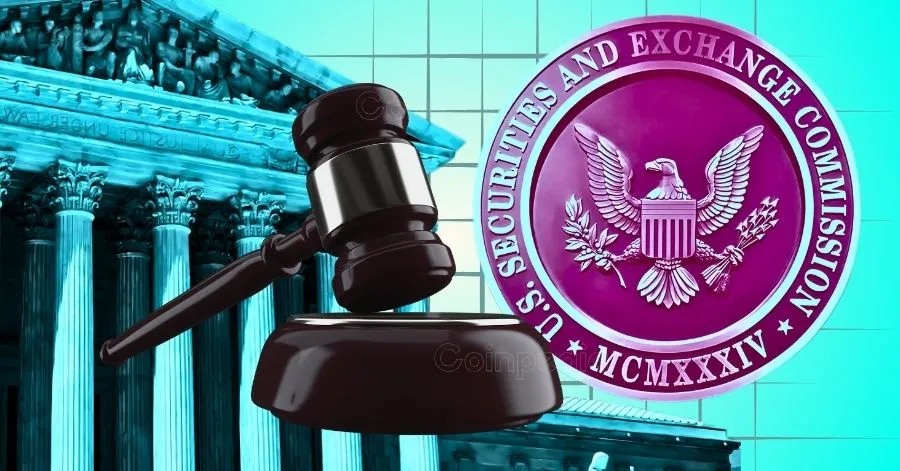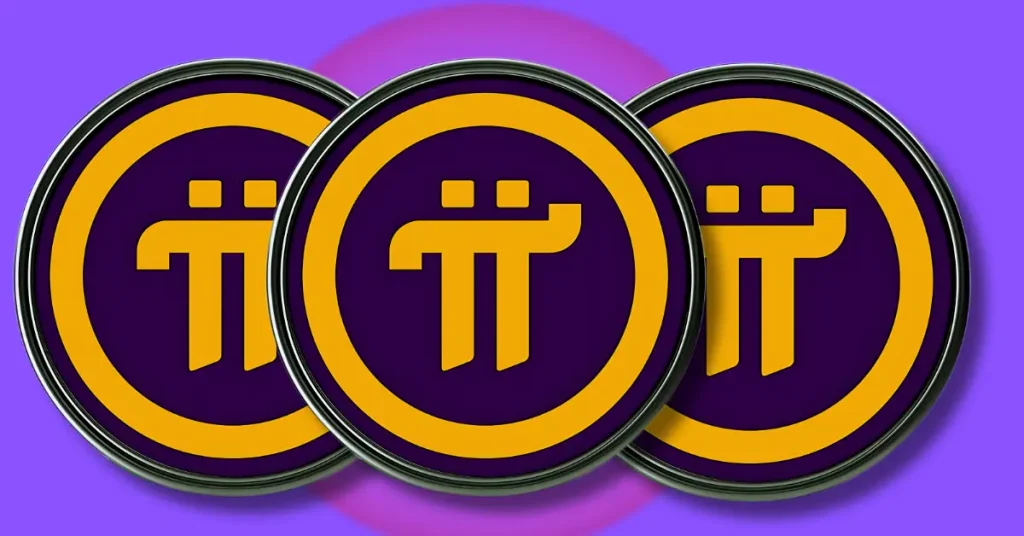Unless you have been living off the grid for the past few months, you must have heard of NFTs, the new wave of digital collectibles that, in less than one year, has taken whole industries by storm while becoming a multi-billion business. NFTs are now seen as a building block of the emerging Metaverse, but, behind the NFTs boom, and the media hype around it, there is still a big challenge that needs to be addressed for NFTs to become the driving factor of Web 3.0. The challenge is the fact that, unlike in the early days, when there was only one big platform (Openseas), today the NFT ecosystem is very fragmented with a constant proliferation of new platforms. To add complexity to the equation, NFTs have gone from just being on the Ethereum platform, to encompass Solana, Tezos, and a dozen more cryptocurrencies. This creates massive confusion and problems because, for the average fan and collector, the options can be mind-boggling. Further complicating the situation for collectors and fans alike, every day there is a large number of drops or NFT releases, and numbers are growing. In early 2021, it could be one or two a day. Today it can be 50 or more daily, spread across multiple cryptocurrency platforms. Each drop has a different minting process and can be tied to a different exchange. This makes it relatively impossible for anyone to keep up, let alone keep informed, about collections they care about. Ludo, which is Latin for “...


